- Catching up with green agriculture
- Ecological rice, organic rice - Long-term direction for green agriculture
The main objective of the Project is to build concentrated rice-growing areas, synchronously apply advanced production processes, reduce greenhouse gas emissions, increase the added value of rice grains and improve the livelihoods of millions of farmers. Some specific objectives include: reducing the amount of rice seeds sown from 120 kg/ha to 80-100 kg/ha; reducing the number of times chemical pesticides are sprayed from 7 times/crop to 5 times/crop, increasing the use of biological pesticides by 10%; synchronous mechanization reaching over 50% of the area, helping to reduce labor, improve efficiency and reduce losses; reducing greenhouse gas emissions by over 10% compared to traditional rice cultivation...
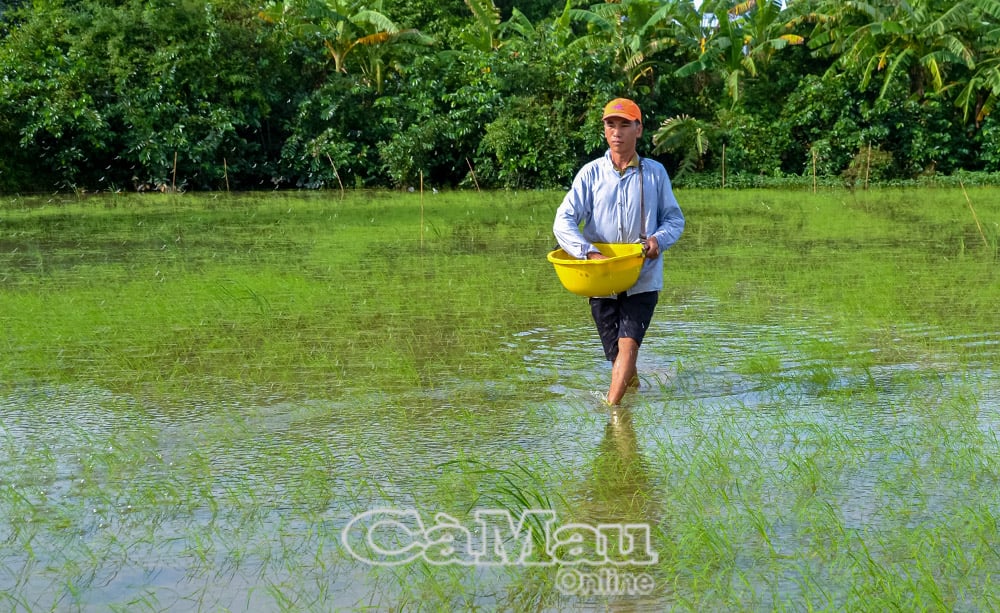
During the sowing process, farmers follow the procedure "1 must, 5 reductions".
Engineer Nguyen Tran Thuc, Head of the Department of Crop Production and Plant Protection, said that with the positive effects from pilot models in provinces and cities such as Can Tho , Dong Thap..., many cooperatives and farmers in the province have registered to participate in the implementation of the Project, with a total area of tens of thousands of hectares. Accordingly, this year, the province has implemented many models and pilot points to replicate high-quality, low-emission rice production associated with green growth.
This summer-autumn crop, at Kinh Don Agricultural Service Cooperative (Kinh Don Hamlet, Da Bac Commune), a pilot model of 60 hectares is being implemented. Mr. Nguyen Vu Truong, Director of the Cooperative, said: "In the current production process, members of the Cooperative are strictly following technical farming processes, from land preparation to sowing, including harvesting. Rice produced according to high-quality and emission-reducing processes often achieves stable yields, good rice quality, is favored by the market and sells at higher prices. Farmers also reduce input costs by optimizing the use of seeds, fertilizers, and pesticides. Currently, 60 hectares of rice in the pilot model are in the tillering stage, growing well, and free of pests and diseases. Seeing the effectiveness of the model, many farmers outside the pilot area have contacted the Cooperative expressing their desire to participate."
According to Mr. Truong, in addition to the farming process ensuring productivity and quality, the model is also closely linked with enterprises that purchase, process and export rice. Having a clear product purchase contract will ensure stable output and attractive prices for farmers.
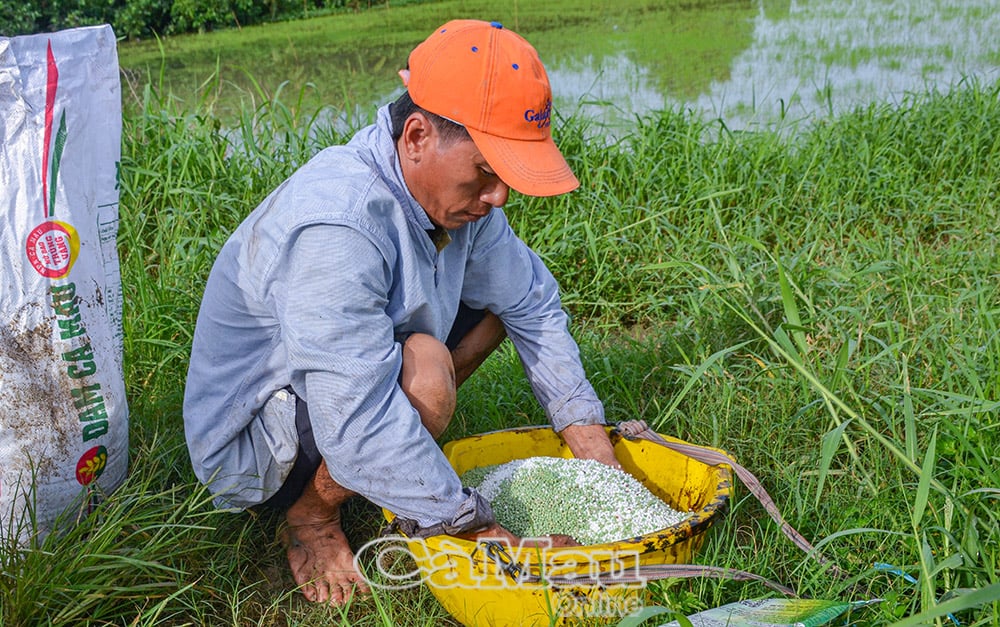
The 60-hectare model at Kinh Don Cooperative will serve as a "model" to demonstrate and replicate advanced farming techniques. This is not only a simple production project, but also a center for learning, research, and technology transfer to other cooperatives and farmers in the region. |
To ensure the effective implementation of the Project, the province focuses on training and transferring science and technology to farmers with dozens of organized sessions; organizing tours to learn experiences in low-emission rice production associated with green growth in a number of provinces in the region. In addition, it focuses on building value chains from production to consumption, connecting farmers with businesses, to ensure stable output and increase income for people.
In the context of complex climate change and the increasing market demand for clean and safe agricultural products, the Project not only helps farmers adapt better to natural conditions, but also opens up opportunities to access demanding markets, bringing higher economic value to rice. This is also a testament to Vietnam's commitment to responding to climate change./.
Central Peak
Source: https://baocamau.vn/huong-toi-nong-nghiep-xanh-a40018.html



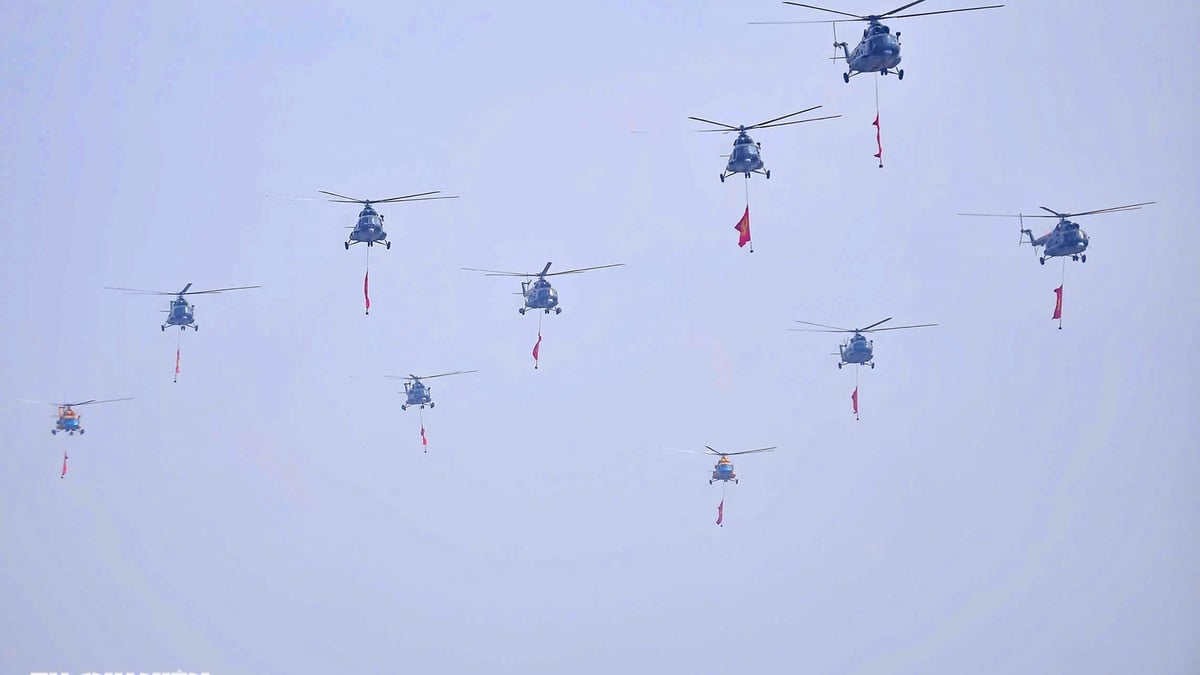
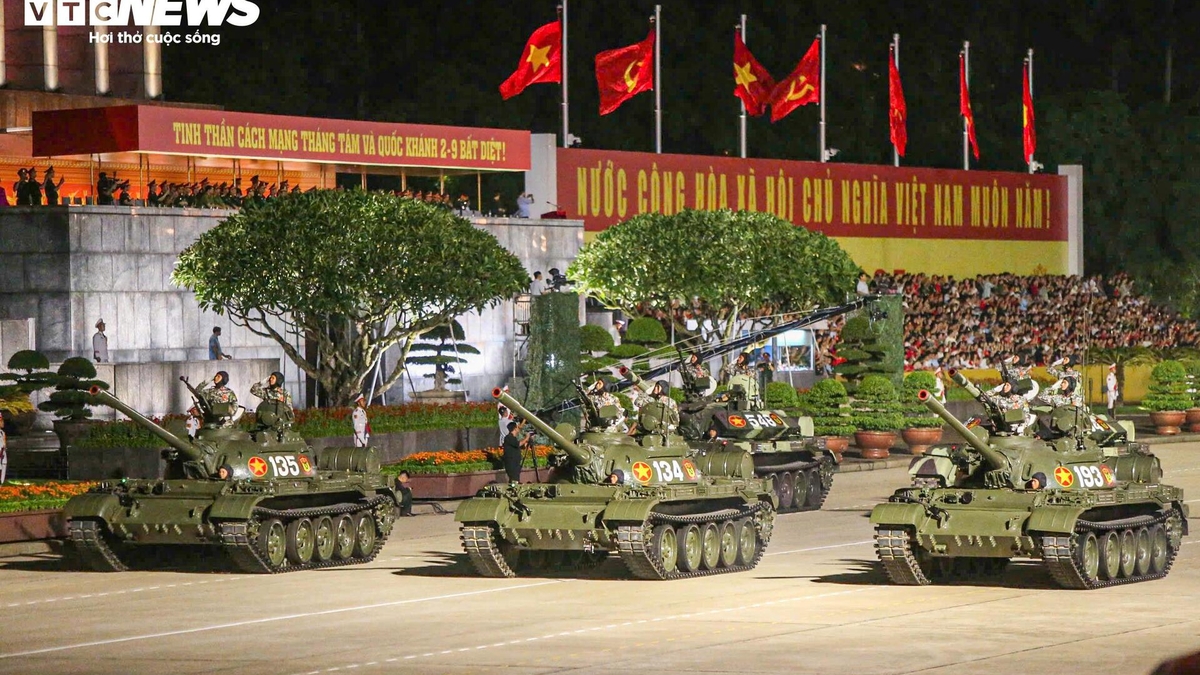
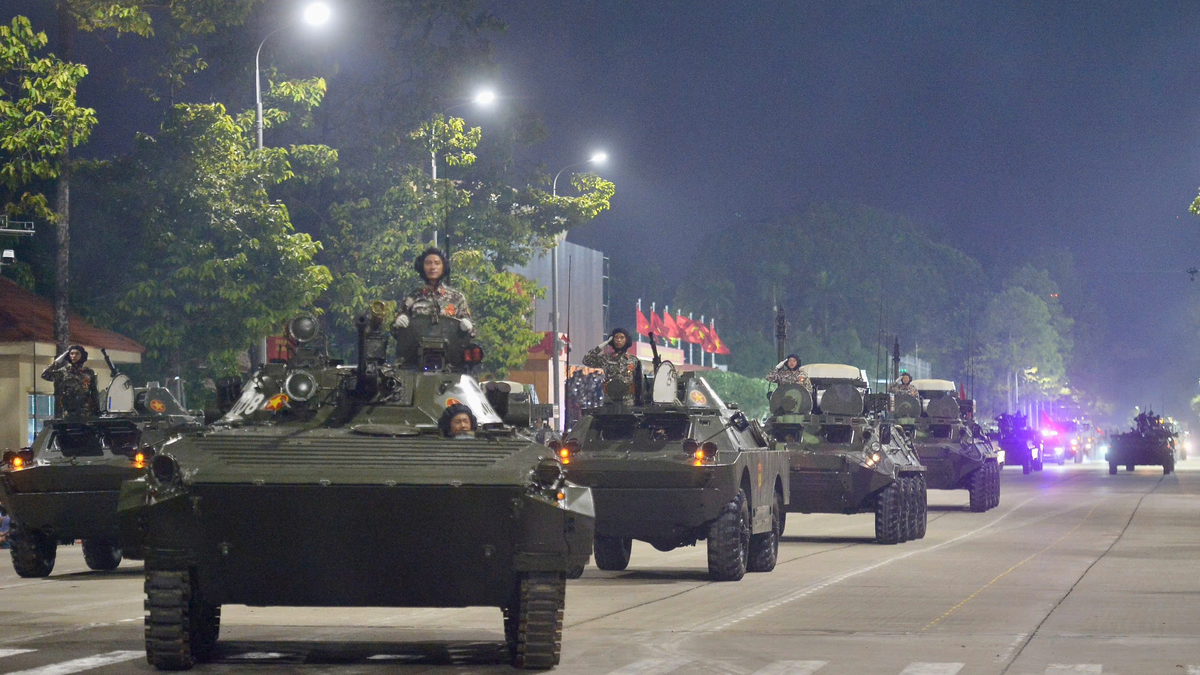

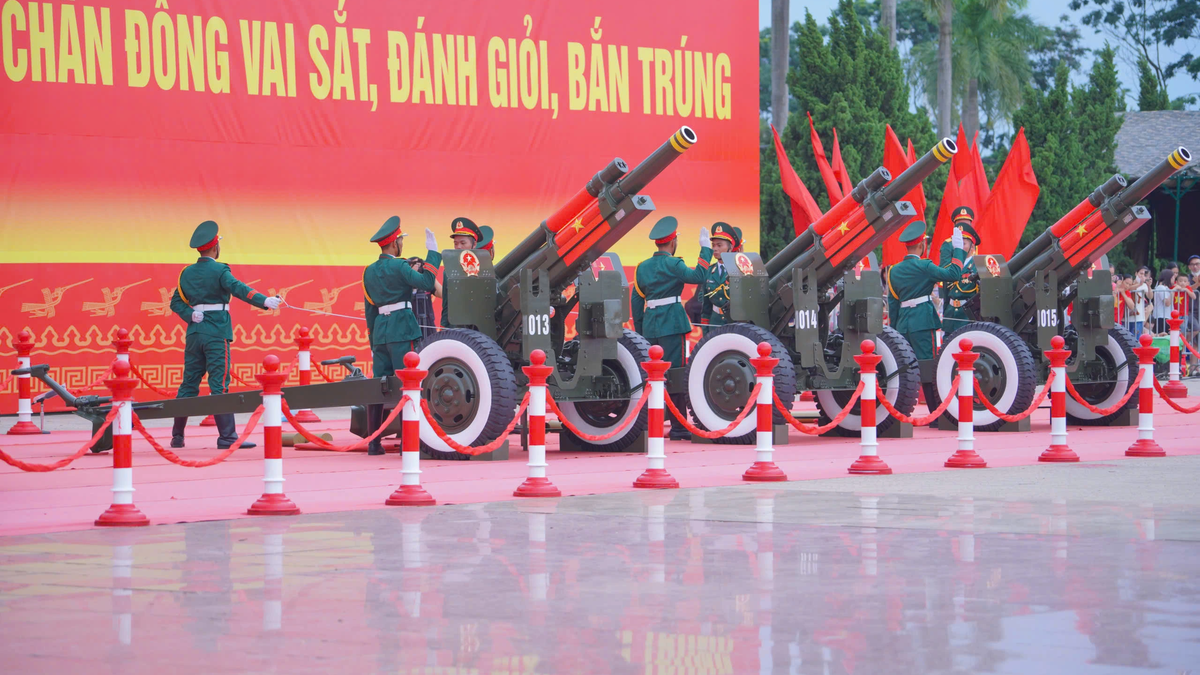

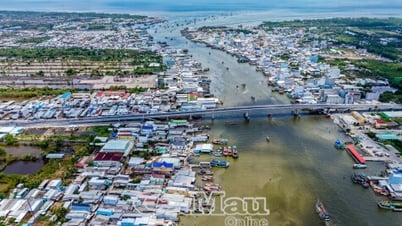

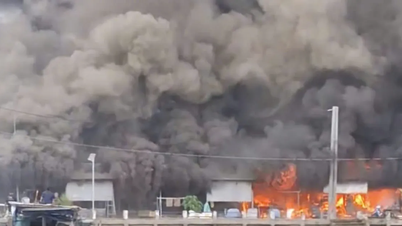


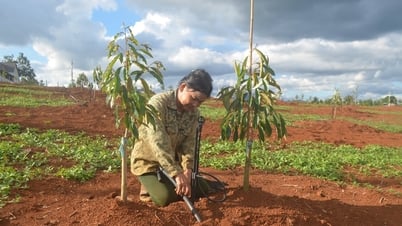

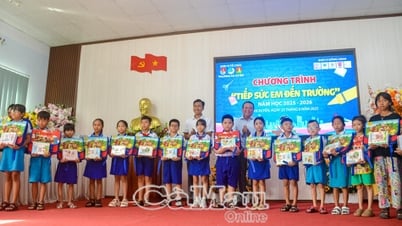
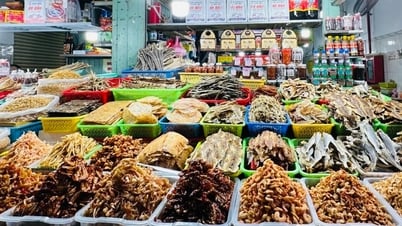
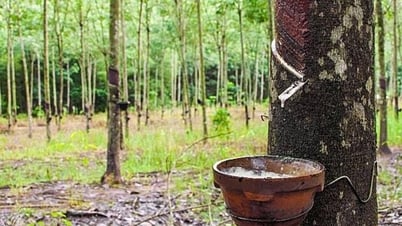
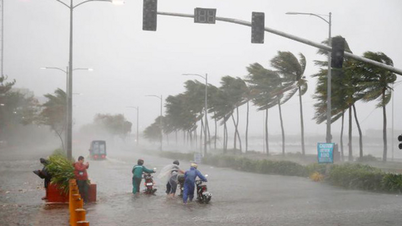

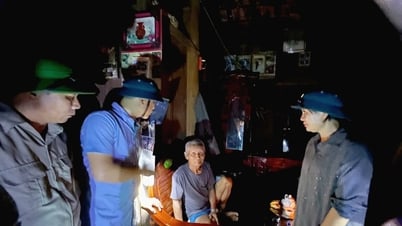
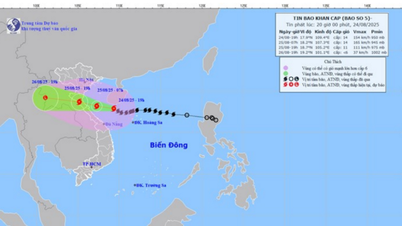
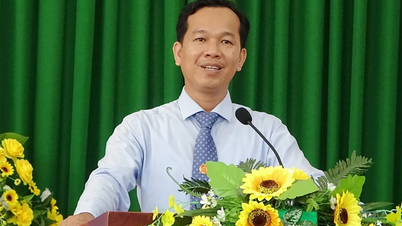


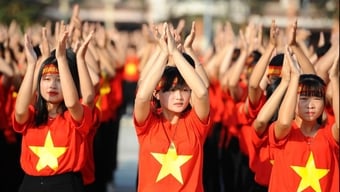
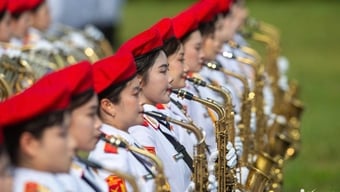

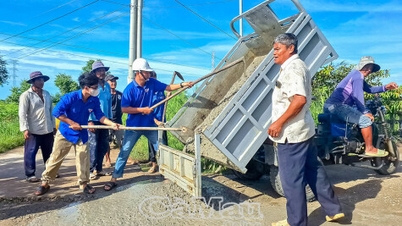
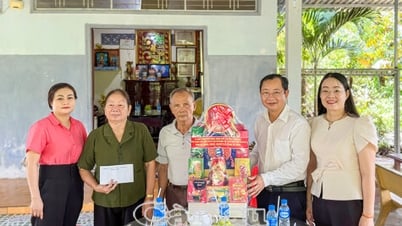
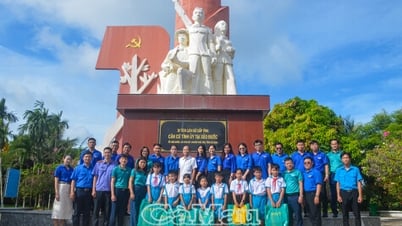
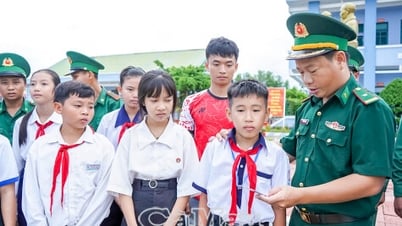
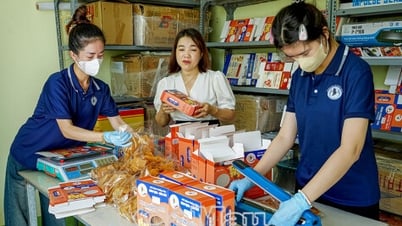
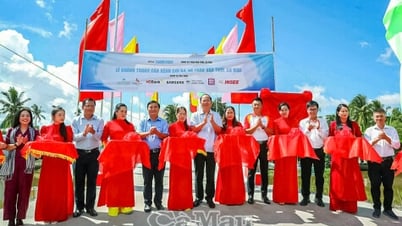
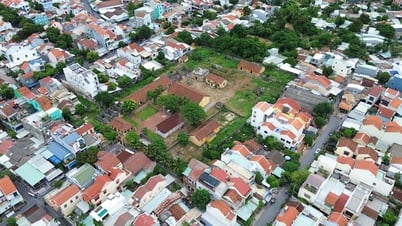





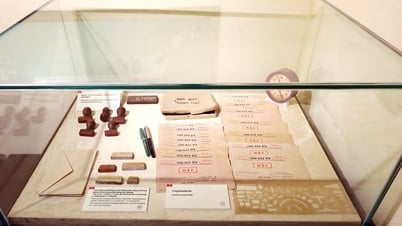

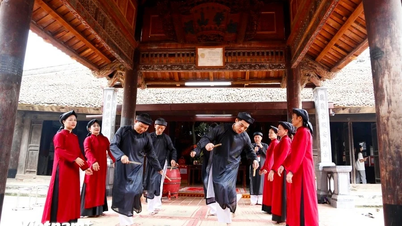

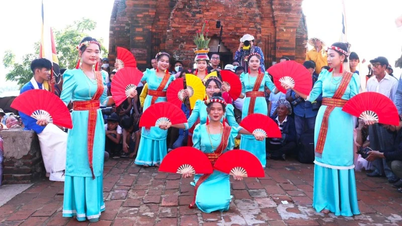

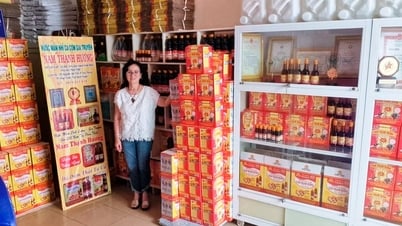


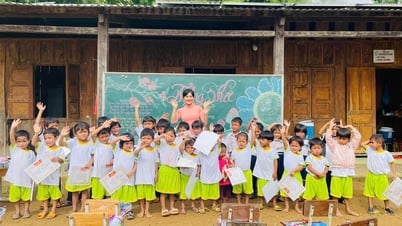

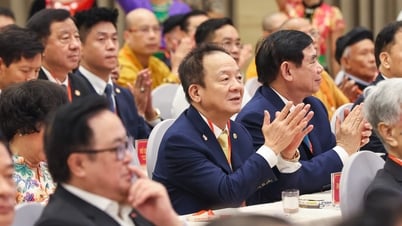

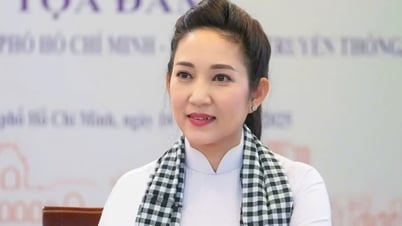


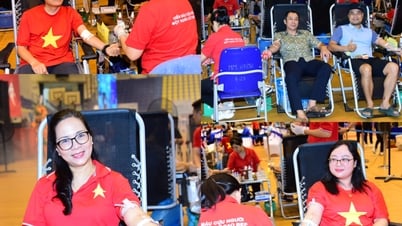
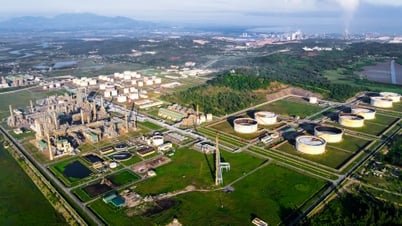


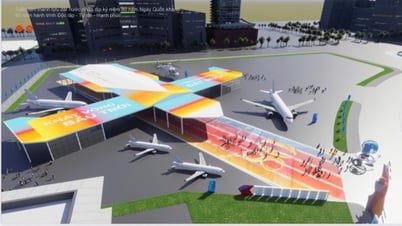



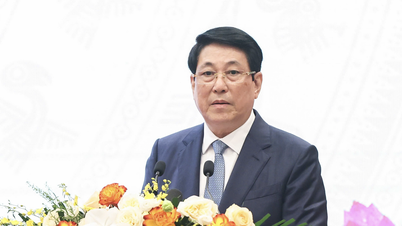



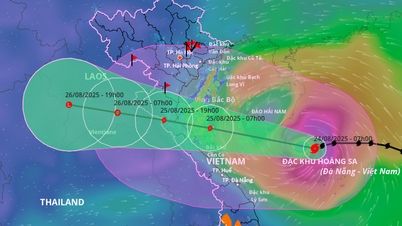


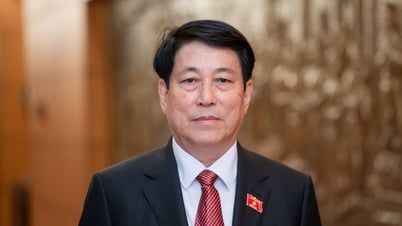

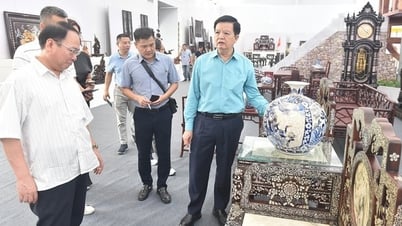


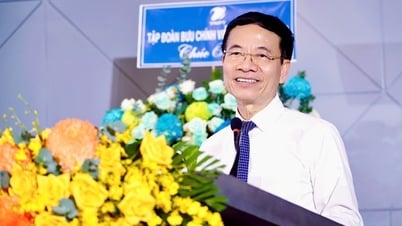




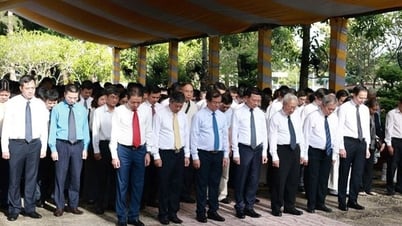
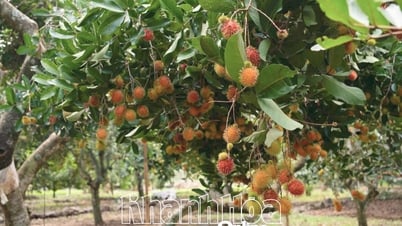
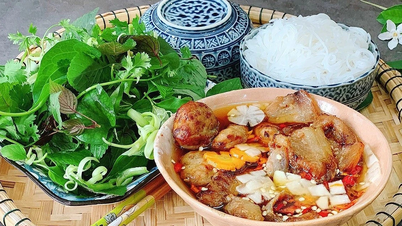

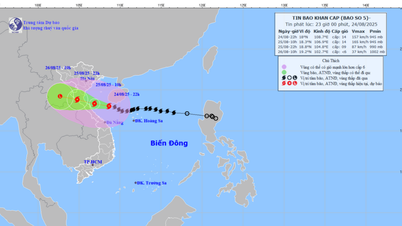
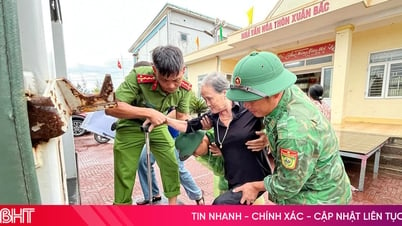

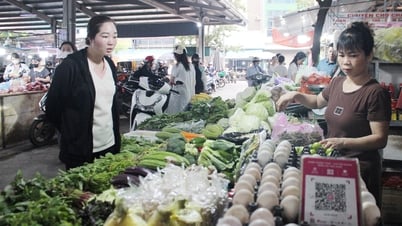

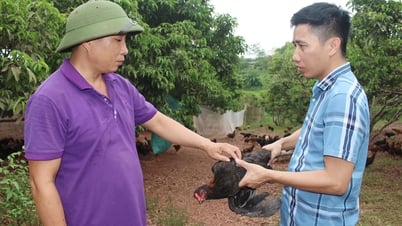
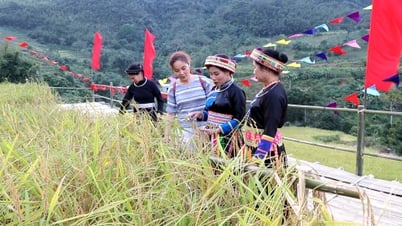

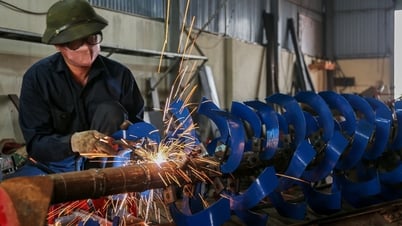
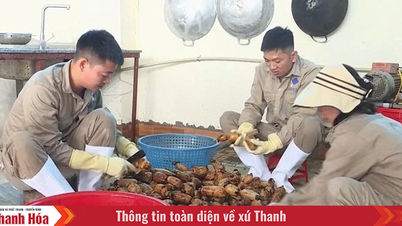

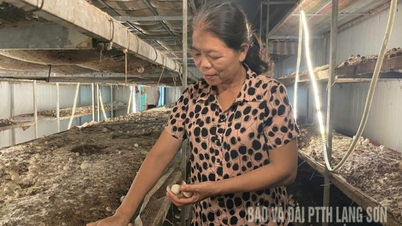


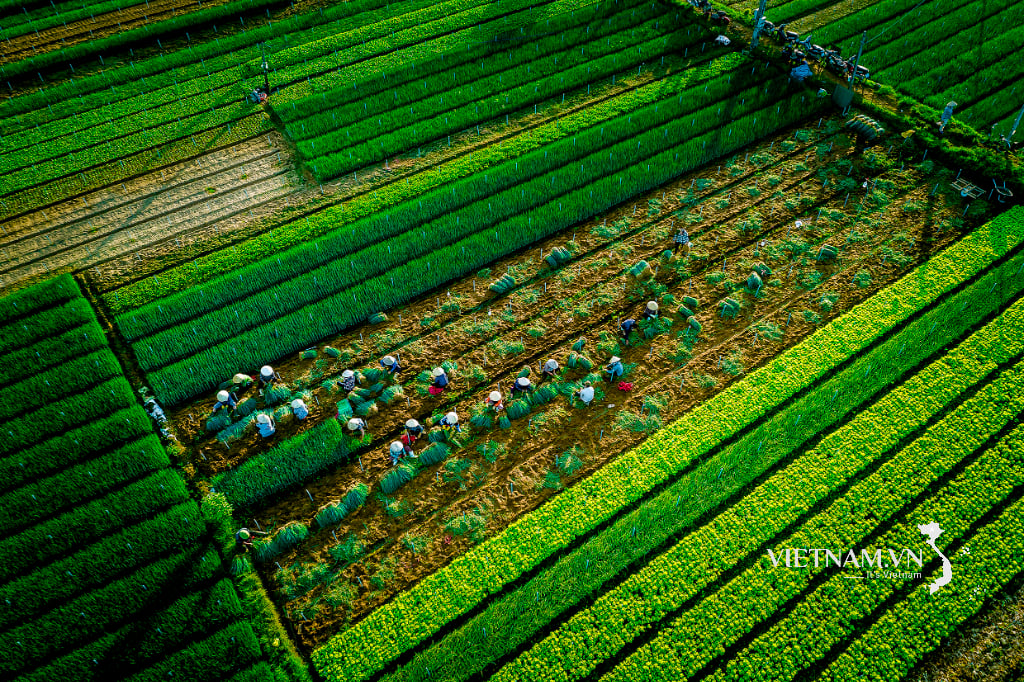

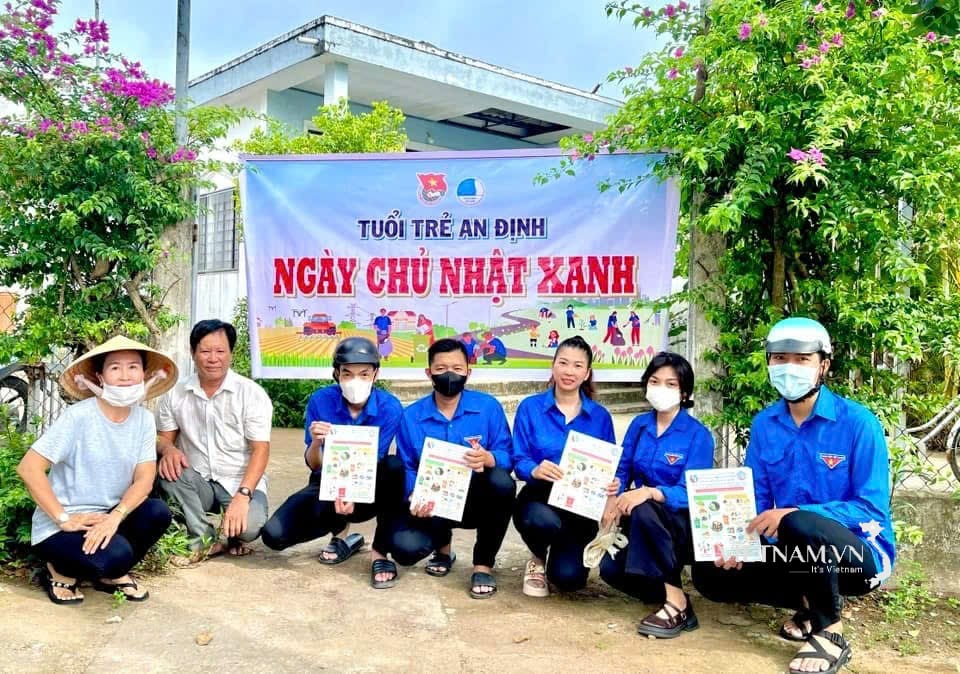

Comment (0)